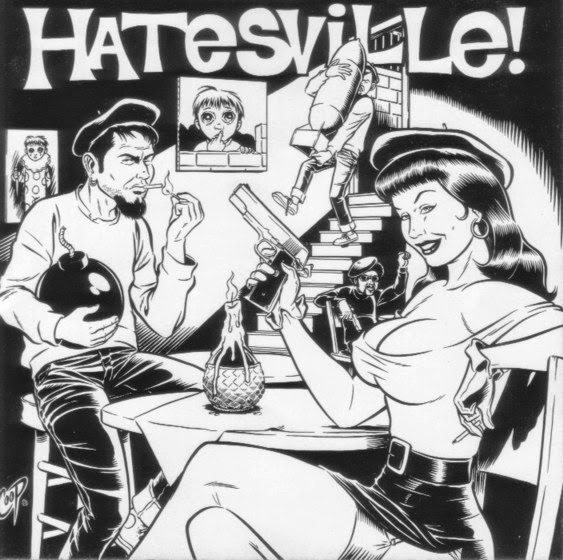
Corianders, in folklore, are traditionally associated with healing and love, comfort and balming. They also have a hypnotic effect, garnering the nickname "dizzyweed" from farmers observing the effects of the plant on grazing cattle.
Olli Aarni, a sound art project from Finland, uses their native "Korianteri," meaning Coriander, for the title of their new album. It's a fitting title. Something about the two tracks presented here is kind and soothing, maybe even childlike, in a way that experimental music rarely is. The music here is soft, floral, heady, and a little bit brilliant.
The music is broken up into two fourteen-minute tracks, Korianteri A and Korianteri B. Both songs use the same building blocks of tape manipulated cartoon samples, radio static, low, hushed vocals, and throbbing, subtle ambience, but are remarkably different in tone.
Korianteri A sounds much more, well, calming. It's the aural equivalent of someone rubbing your shoulders after work. It bleeds innocent, analog nostalgia, Saturday morning cartoons and cereal, ugly wallpaper and super 8 cameras. Even the buried, barely audible vocals have the cadence and tone of a Dad asking you about your day.
Despite it's homespun sound, the embeded, glitchy synth drones present in the track adds a particularly cavernous quality that conjures images of childhood imagination gone awry.
Korianteri B is as relaxed as the previous track, but in a very different way. Instead of sounding like a tape recorded suburban living room, it sounds alien, inhuman, yet somehow benevolent. It sounds like kind crop circles, altruistic wolves. There's slight menace there, enough to keep you waiting for harshness that will never come.
This album is worth listening, if only as background noise. I appreciate the albums basis in actual tape-looping and antiquated samples. It's a refreshing change from the digital harsh noise that so many people pass off as avant-garde. Well worth a purchase.
Buy here











